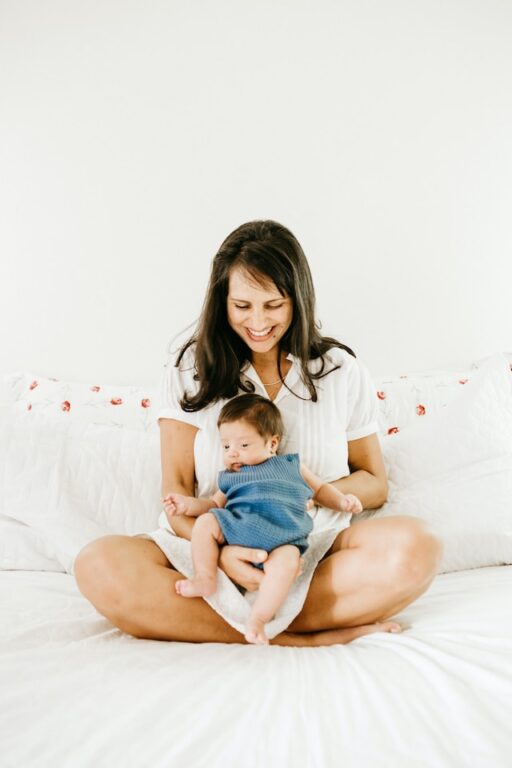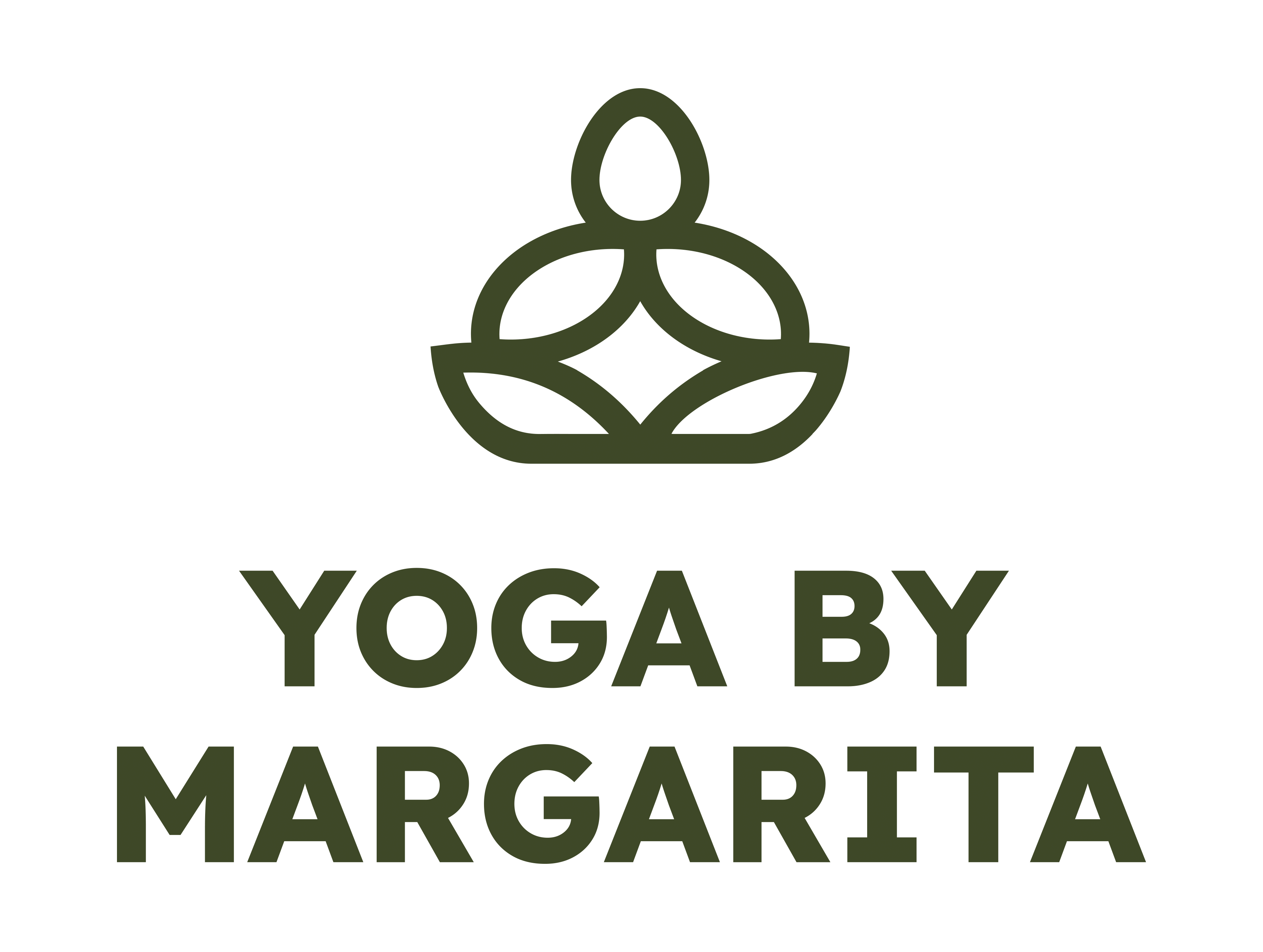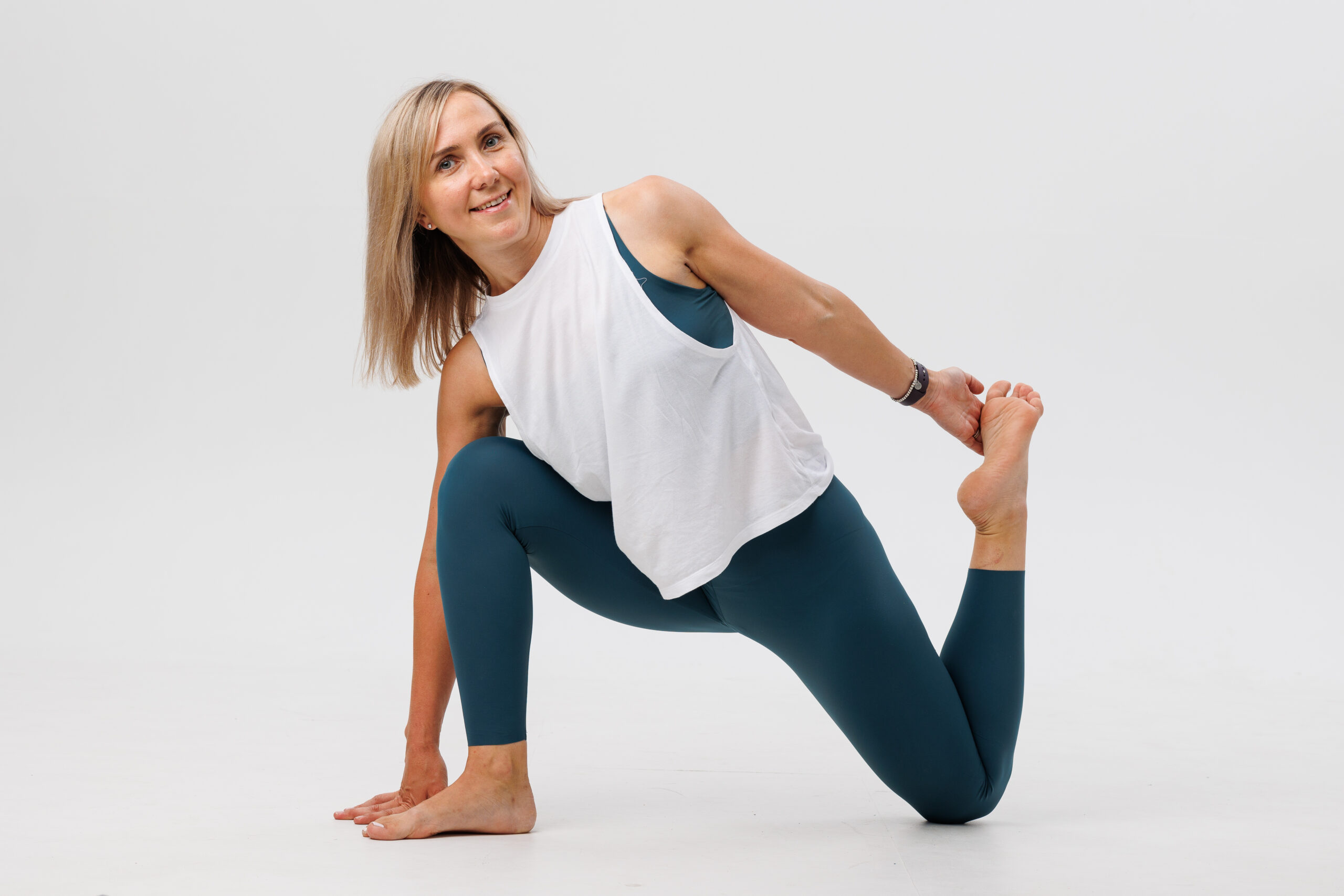Table of Contents
ToggleBaby Massage Course - Introduction
Welcome to the wonderful world of baby massage – a world of profound bonding, numerous health benefits, and precious moments that parents cherish for a lifetime. As modern-day life becomes increasingly fast-paced, baby massage provides a unique opportunity for parents to slow down, tune in to their little one’s needs, and communicate love through gentle, therapeutic touch.
At YogaByMargarita, our Baby Massage Courses offer parents a soothing space to connect with their babies while learning the art of infant massage. Based in the beautiful town of Tunbridge Wells, our courses guide parents step-by-step through a series of calming strokes and routines, fostering deep parent-child bonds and nurturing infant well-being.
This article will delve into the essentials of our Baby Massage Courses, unraveling the multitude of benefits that this age-old practice holds for both you and your baby. Whether you’re a first-time parent or have recently welcomed another bundle of joy, our Baby Massage Courses hold the promise of an enriching experience filled with shared warmth, affection, and a strengthened bond that lasts a lifetime.
Whats the benefits of doing Baby Massage?
Baby massage has numerous advantages that extend beyond simply bonding with your baby. Here are some of the key benefits:
Promotes Relaxation: Massaging your baby helps them relax and can significantly improve their sleep quality. This is partly due to the release of hormones such as oxytocin, known as the “love hormone”, during the massage.
Improves Digestion: Massaging the stomach can help relieve symptoms of constipation and colic, as it helps to push food through the digestive system more efficiently.
Stimulates Growth and Development: Regular massages can stimulate your baby’s nerves and brain, leading to improved physical and cognitive development. It can also help with weight gain, particularly in premature babies.
Enhances Communication: Touch is a powerful communicator, especially for babies who have not yet developed speech. Through massage, you can understand your baby’s unique rhythms and patterns, which can help you respond better to their needs.
Strengthens Immune System: The physical stimulation from massages can boost the function of the immune system, helping your baby fight off illnesses more effectively.
Relieves Teething Pain: Gentle pressure applied to the gums can help soothe teething pain.
Promotes Bonding: Last but certainly not least, baby massage is a great way for parents and caregivers to bond with the baby. It encourages skin-to-skin contact, which can deepen emotional connection and make the baby feel safe and secure.
The new common language will be more simple and regular than the existing European languages. It will be as simple as Occidental.

How Easy Is It To Do a Baby Massage Session?
Baby massage is a simple and enjoyable process that requires no special equipment—just your clean hands and perhaps a bit of baby-friendly oil if you choose. While you can absolutely learn the basics and start at home, it’s recommended to attend a baby massage class or consult with a trained professional initially to understand the safe and effective techniques, particularly for younger infants.
Here is a general guide to a baby massage session:
Choose a Comfortable Space: Pick a warm, quiet, and comfortable area where you and your baby won’t be disturbed. You might lay your baby on a soft blanket or towel on the floor.
Find a Good Time: Some parents prefer to massage their babies after a bath or before bedtime because it can help the baby relax and sleep. However, it’s crucial to avoid massage right after feeding to prevent discomfort or vomiting.
Use Gentle Touch: Start by making gentle contact with your baby’s body. Use a gentle yet firm touch, being cautious not to tickle your baby. Your strokes should be slow and rhythmic, typically moving toward the heart. Always monitor your baby’s reaction to determine what pressure is right.
Follow a Routine: While you can massage any part of your baby’s body, many parents choose to follow a routine, starting with the legs and then moving on to the feet, arms, hands, chest, stomach, back, and finally the face.
Use a Baby-Safe Oil: If you choose to use oil, make sure it’s something mild and edible—babies often end up with their hands in their mouths. Cold-pressed fruit or vegetable oils, such as grapeseed or sweet almond oil, are usually safe choices.
Respond to Baby’s Cues: Some babies adore having a massage, while others don’t. If your baby seems happy and content, they are likely enjoying the massage. If they become fussy or upset, it’s time to stop.
Remember, the aim of baby massage is to relax and bond with your baby. So, make it a calm and enjoyable time for both of you.
Here are 3 poses for your baby to get started on the journey!
Happy Baby Pose
This pose mimics a common position many babies naturally take. Lay the baby on their back and gently hold their feet or ankles, encouraging them to grasp their toes. This pose can help relax the baby and encourage motor development.
Cobra Pose
Lay the baby on their tummy, which can help build strength in their neck and shoulders. Encourage them to lift their head, which is similar to the Cobra pose in yoga. Just be sure to supervise them carefully during tummy time.
Cycling Pose
Lay the baby on their back. Gently hold their feet and move them in a cycling motion. This pose is especially helpful if the baby is experiencing gas or digestive discomfort. myth. For science, music, sport, etc, Europe uses the same vocabulary.
Remember, the goal of these activities is to have fun and engage with your baby, not to perfect a yoga pose. Always be gentle and responsive to your baby’s cues. If they show signs of discomfort, immediately stop the activity.













